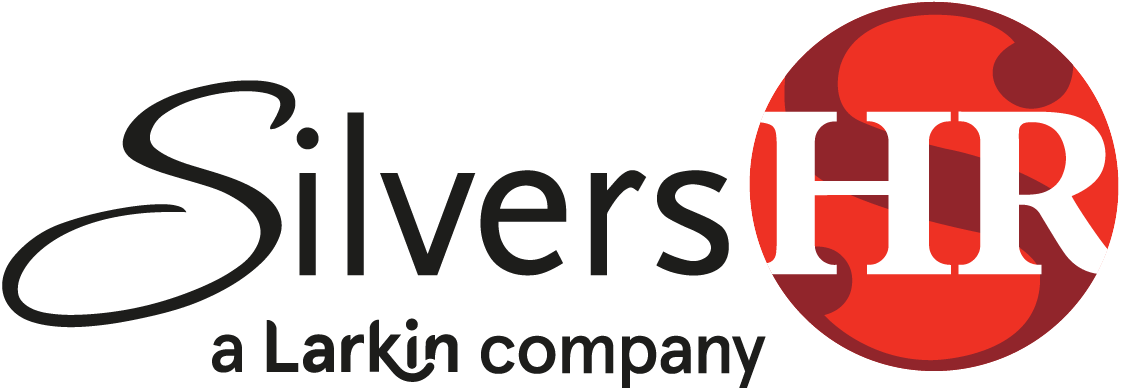By Jennifer Lippi, SPHR, PHRca
As you are likely aware by now, under Cal/OSHA’s COVID-19 Emergency Temporary Standards (ETS), employers are mandated to have a written COVID-19 Prevention Program (CPP). On April 21, 2022, the Cal/OSHA standards board adopted revisions to the COVID-19 ETS. Cal/OSHA’s 3rd readopted ETS is effective from May 6, 2022, until December 31, 2022.
The 3rd ETS includes several changes. Therefore, your CPP should be updated to include the following key changes:
- Revised definitions: Cal/OSHA has adopted the California Department of Public Health’s (CDPH) new definitions of “close contact” and “infectious period.”
- “Close Contact” is now defined as someone sharing the same indoor airspace for a cumulative total of 15 minutes or more over a 24-hour period (for example, three individual 5-minute exposures for a total of 15 minutes) during an infected person’s (laboratory-confirmed or a clinical diagnosis) infectious period.
- “Infectious period” is defined as follows:
For symptomatic infected persons, 2 days before the infected person had any symptoms through Day 10 after symptoms first appeared (or through Days 5-10 if testing negative on Day 5 or later), and 24 hours have passed with no fever, without the use of fever-reducing medications, and symptoms have improved, or
For asymptomatic infected persons, 2 days before the positive specimen collection date through Day 10 after positive specimen collection date (or through Days 5-10 if testing negative on Day 5 or later) after specimen collection date for their first positive COVID-19 test.
- The definition of “COVID-19 test” was simplified to make it easier to use self-administered and self-read tests. A video or observation of the entire test process is no longer necessary; just a date/time-stamped photo of the test result will now be sufficient.
- The definition of “fully vaccinated” was deleted as this term is no longer used in the regulations. All protections now apply regardless of vaccination status and ETS requirements do not vary based on an employee’s vaccination status.
- Face Coverings:
- Face coverings requirements are the same for all employees regardless of vaccination status.
- Face coverings are no longer mandatory for unvaccinated workers in all indoor locations.
- Face coverings are mandatory in the ETS when CDPH requires their use.
- Cleaning and disinfecting: These requirements were deleted from the ETS.
- Respirators: Respirators must be provided for voluntary use to employees who request them and who work indoors or in vehicles with other persons. This now applies to all employees where previously it only applied to unvaccinated employees.
- Testing: COVID-19 testing must be made available to all employees with COVID-19 symptoms. As with respirators, this now applies to all employees regardless of vaccination status whereas previously it only applied to unvaccinated employees.
- Exclusion of Employees with COVID-19: The requirements for employees who test positive for COVID-19 have been updated to reflect the most recent CDPH Isolation and Quarantine guidance. Regardless of vaccination status, employees who test positive can return to work after 5 days if the employee has a negative test, symptoms are improving, and they wear a face covering at work for an additional 5 days. Otherwise most employees can return after 10 days.
- Exclusion of Employees who had Close Contact: The requirements for employees who have had close contact have been updated to reflect the most recent CDPH Isolation and Quarantine guidance. Exposed employees must test within three to five days after their last close contact. Employees must wear face coverings around others for a total of 10 days after exposure.
In light of the recent revision to the ETS, Cal/OSHA has also published an updated model prevention program. You can find Cal/OSHA’s template here.
Keep in mind that many of the ETS requirements remain unchanged. This includes, but is not limited to:
- Establishing, implementing, and maintaining an effective written COVID-19 Prevention Program.
- Providing effective training and instruction to employees on the employer’s prevention plan and their rights under the ETS.
- Providing notification to public health departments of outbreaks.
- Providing notification to employees of exposure and close contacts.
- Offering COVID-19 testing after potential exposures.
- Requirements for responding to COVID-19 cases and outbreaks.
- Isolation and exclusion pay requirements.
If you need assistance in updating your COVID-19 Prevention Program or have questions about workplace safety issues, please reach out to your Silvers HR consultant.
